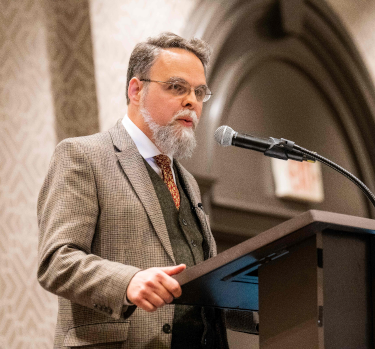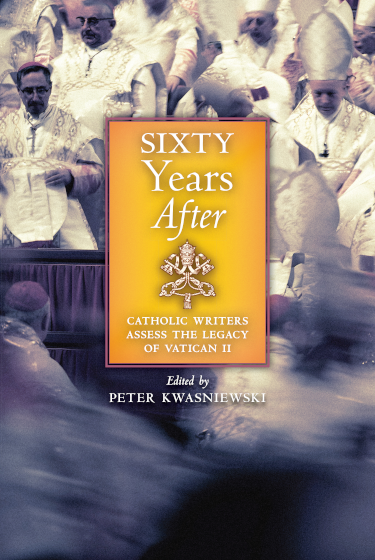- Home
-
About
 Fidelity & Excellence
Fidelity & ExcellenceThomas Aquinas College is unique among American colleges and universities, offering a faithfully Catholic education comprised entirely of the Great Books and classroom discussions.
-
A Liberating Education
 Truth Matters
Truth MattersTruth, and nothing less, sets men free; and because truth is both natural and supernatural, the College’s curriculum aims at both natural and divine wisdom.
-
A Catholic Life
 Under the Light of Faith
Under the Light of FaithThe intellectual tradition and moral teachings of the Catholic Church infuse the whole life of Thomas Aquinas College, illuminating the curriculum and the community alike.
-
Admission & Aid
 Is TAC Right for You?
Is TAC Right for You?Do you enjoy grappling with complex questions? Are you willing to engage in discussions about difficult concepts, with the truth as your ultimate goal?
-
Students & Parents
 Mind, Body & Spirit
Mind, Body & SpiritThere is always something to do at TAC — something worthwhile, something fulfilling, and something geared toward ever-greater spiritual and intellectual growth.
-
Alumni & Careers
 What Can You Do with a Liberal Education?
What Can You Do with a Liberal Education?Nothing speaks more to the versatility of the College’s academic program than the good that our alumni are doing throughout the Church and the world.
- Search
- Giving
Alumnus Author Publishes Vatican II Retrospective

Last October marked the 60th anniversary of the opening of the Second Vatican Council, and Dr. Peter Kwasniewski (‘94) — an alumnus author and proponent of Catholic liberal education overseas — thought it high time for a sober reflection of that watershed moment in the Church’s history. His newest book, Sixty Years After: Catholic Writers Assess the Legacy of Vatican II, furnishes the general reader with just such a retrospective.
“Whenever a big anniversary like this comes along, there’s a flurry of writing about whatever it is that happened however many years ago,” says Dr. Kwasniewski. “In the current rather tense and lively discussions happening within the Catholic Church among conservatives, liberals, modernists, and traditionalists of all stripes, it is not to be wondered at that a big anniversary connected with the last ecumenical council was bound to produce exciting results.”
The anthology brings together many of those exciting results, culled from the ever-accumulating literature about the Council. Around a core of articles from renowned Catholic commentator George Weigel, Dr. Kwasniewski assembles a diverse constellation of essays from authors such as Ross Douthat of The New York Times, the noted theologian-blogger Larry Chapp, and Swedish intellectual Karl Gustel Wärnberg.
 “There are those who maintain that Vatican II was absolutely necessary and fruitful, and those who consider that it was a moment that unleashed a great deal of confusion from which we are still reeling,” says Dr. Kwasniewski of the book’s contributors. “There are those who think it is time to ‘move on’ to other concerns and leave the last council buried in the past, and those who raise meta-questions about why we are even discussing Vatican II anymore.”
“There are those who maintain that Vatican II was absolutely necessary and fruitful, and those who consider that it was a moment that unleashed a great deal of confusion from which we are still reeling,” says Dr. Kwasniewski of the book’s contributors. “There are those who think it is time to ‘move on’ to other concerns and leave the last council buried in the past, and those who raise meta-questions about why we are even discussing Vatican II anymore.”
Despite considerable differences of opinion, every author featured in the book believes that the proper evaluation of the Council is far from an exercise in sterile academic pedantry. “The Catholic Church has largely staked her entire missionary approach and even her solution to internal problems on the premises and presuppositions of Vatican II,” reflects Dr. Kwasniewski. “The question of what to make of the last council remains unavoidably theological and spiritual.”
Given those high stakes, it is neither surprising nor unreasonable if Sixty Years After provokes serious, sometimes spirited, debate about the Church’s future. In the broad spirit of St. John Henry Newman, who remarked that ideas exist only “in the play of lively minds,” the book seeks to give voice to many lively minds. “My hope in producing this anthology was to stimulate deep and honest thinking about the matter,” says Dr. Kwasniewski, “so as to forward the mission of the Church in our times.”

